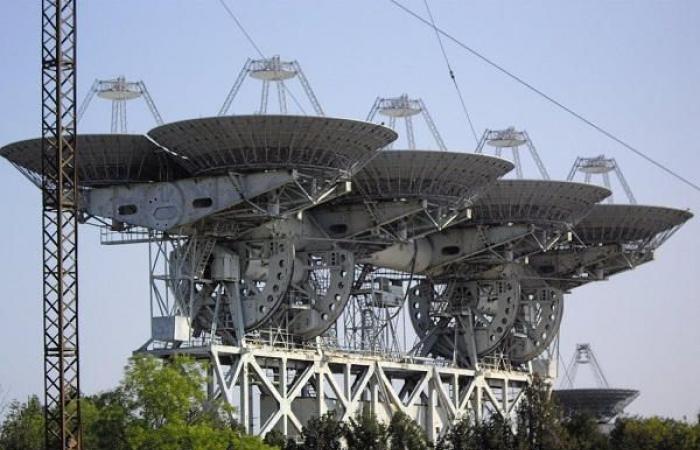On June 24, Russia threatened the United States with retaliation after Ukrainian forces fired a salvo of MGM-140 ATACMS tactical ballistic missiles [Army TACtical Missile System] towards Sevastopol, Crimea. According to Moscow, four of these devices were destroyed before reaching their targets. But the fall of the debris caused victims, with local authorities putting forward the toll of 4 killed and 150 injured among the population.
“It is obvious that the participation of the United States in the fighting, its direct participation, which leads to the death of Russian citizens, must have consequences,” said Dmitri Peskov, the Kremlin spokesperson.
For Moscow, it is obvious that Ukrainian forces benefit from support to launch such strikes. In any case, this is what the Russian general staff puts forward, which believes that the coordinates of the targets assigned to Ukrainian ATACMS missiles can only be “seized by American specialists”.
Also, the United States Ambassador to Russia, Lynne Tracy, was summoned to the Russian Foreign Ministry. And this in order to warn him of the “retaliatory measures” that Moscow plans to take against Washington.
” United States […] became party to the conflict. […] The ambassador was told that such actions by Washington, […] authorizing strikes inside Russian territory, would not go unpunished,” Russian diplomacy then explained.
“We regret any loss of civilian life in this war. We provide weapons to Ukraine so that it can defend its sovereign territory against armed aggression, including in Crimea which, of course, is part of Ukraine,” responded Matthew Miller, a spokesperson for the department. of state. For its part, the Pentagon stressed that Ukrainian forces were making their “own decisions”.
However, this is not the first time that Crimea, annexed in March 2014 by Moscow, has been targeted by long-range weapons supplied by the West. Thus, the SCALP EG / Storm Shadow cruise missiles delivered by France and the United Kingdom [voire l’Italie] were used against several military targets, starting with the Sevastopol naval base. Why did the Russians react so strongly this time?
The explanation probably lies in Eupatoria, a locality located about sixty kilometers north of Sevastopol and where at least two fires were observed on the evening of June 23, thanks to the FIRMS application. [Fire Information for Resources Management System] from NASA. However, the NIP-16 base, which is part of the Russian deep space communications network, is located there.
Already targeted by SCALP / Storm Shadow missiles last December, this “Long-range Space Communications Center” was indeed hit by Ukrainian strikes, probably carried out with ATACMS missiles. At least that’s what satellite imagery provided by Planet Labs INC suggests. However, it is difficult to get an idea of the extent of the damage inflicted.
The NIP-16 base was built as the Soviet space program began to take off. She notably supported the Marsnik programs [lancé en 1960] you Venera 1 [exploration de Vénus] as well as lunar missions. Until 1975, it served as a control center for manned space missions. After the annexation of Ukraine, it was handed over to the Russian Aerospace Forces, who use it to establish communications with LOTO-S satellites [dédiés au renseignement électronique] and those of the GLONASS constellation [géolocalisation par satellite]. Hence its military interest.
In May, the Main Intelligence Directorate of the Ukrainian Defense Ministry [GUR] had claimed responsibility for two attacks against Voronezh M and Voronezh DM radars, which are part of the early warning network which is one of the key elements of Russian nuclear deterrence.
Photo : Rumlin – CC BY-SA 3.0






